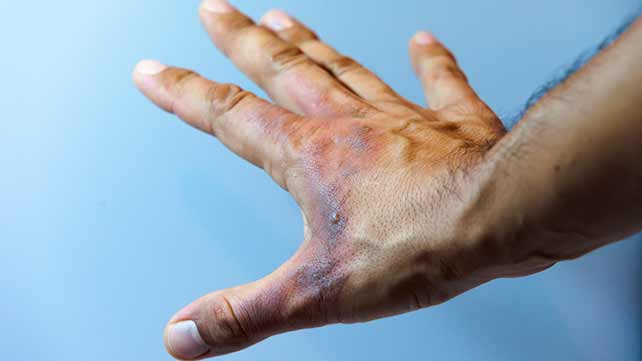Electrical burns are defined, by Wikipedia.com, as a “burn that results from electricity passing through the body, causing rapid injury.”
When an electric current comes into contact with your body, it travels throughout your entire body, resulting in damaged organs and tissue. Depending on the strength of the current, the damage can either be mild or severe. It can even cause death.
Thus, as highlighted by burn injury attorney Will Walker, it is vital to ensure that you treat all connections and wires as live until you are sure that the electricity is switched off. Otherwise, you and your family could end up with a death or serious injury in your family.
Electrical injuries are, unfortunately, a “relatively common form of mechanical trauma.”
Epidemiology statistics show that approximately 1,000 people die per year from electrical injuries. And, there are more than 30,000 incidents where individuals sustain an electrical shock, even though it is not fatal. The age group that experiences the highest percentage of injuries from an electrical shock are toddlers and adolescents. Nearly 5% of all hospital burn admissions are a consequence of electrical burns.
Electrical burn types
There are several types of burns, including the following:
Low voltage burn
An electrical current produces a low voltage burn when the power source is 500 volts or less. This type of burn is not enough to cause tissue damage except at the contact site. This burn type might be mild, superficial, or dangerous, depending on the length of time that the current remains connected.
High voltage burn
This type of burn is very serious, as the victim has made direct contact with a high voltage supply of electricity. Most of the damage occurs under the skin; thus, is not necessarily obvious at first. Sustained shock from, or contact with, a high voltage source will more than likely kill the victim.
Oral burn
This burn is most prevalent in toddlers. They bite or suck on the electrical cords, and the electrical current passes from one side of the mouth to the other.
Electrical burn symptoms
As highlighted above, different burn types cause various injuries. Some are mild while others are devastating. Most burns are skin burns and the severity of the burn depends on the electrical current strength and the length of contact time with the electricity source
By way of expanding on this topic, here are a few burn symptoms:
Superficial burn
When superficially burnt, only the top layers of the epidermis or skin are affected. The contact point and area around this point tends to be red, dry, and painful.
Partial-thickness burn
A partial-thickness burn occurs when the top two skin layers are affected. The skin around the contact point is red, painful, and it can leak or form blisters that are full of fluid.
Full-thickness burn
This burn is usually not painful because all of the layers of the skin are burnt. The epidermis can be black, gray, or white.
Burn treatments
It is vital to note that even though burn symptoms may only show on your skin, depending on the length of contact with the electrical source and voltage strength, your internal organs may be damaged in the process. Thus, it is vital to seek emergency health care for all electrical burn cases, especially for high-voltage current incidences or from sustained electrical shocks.



0 Comments